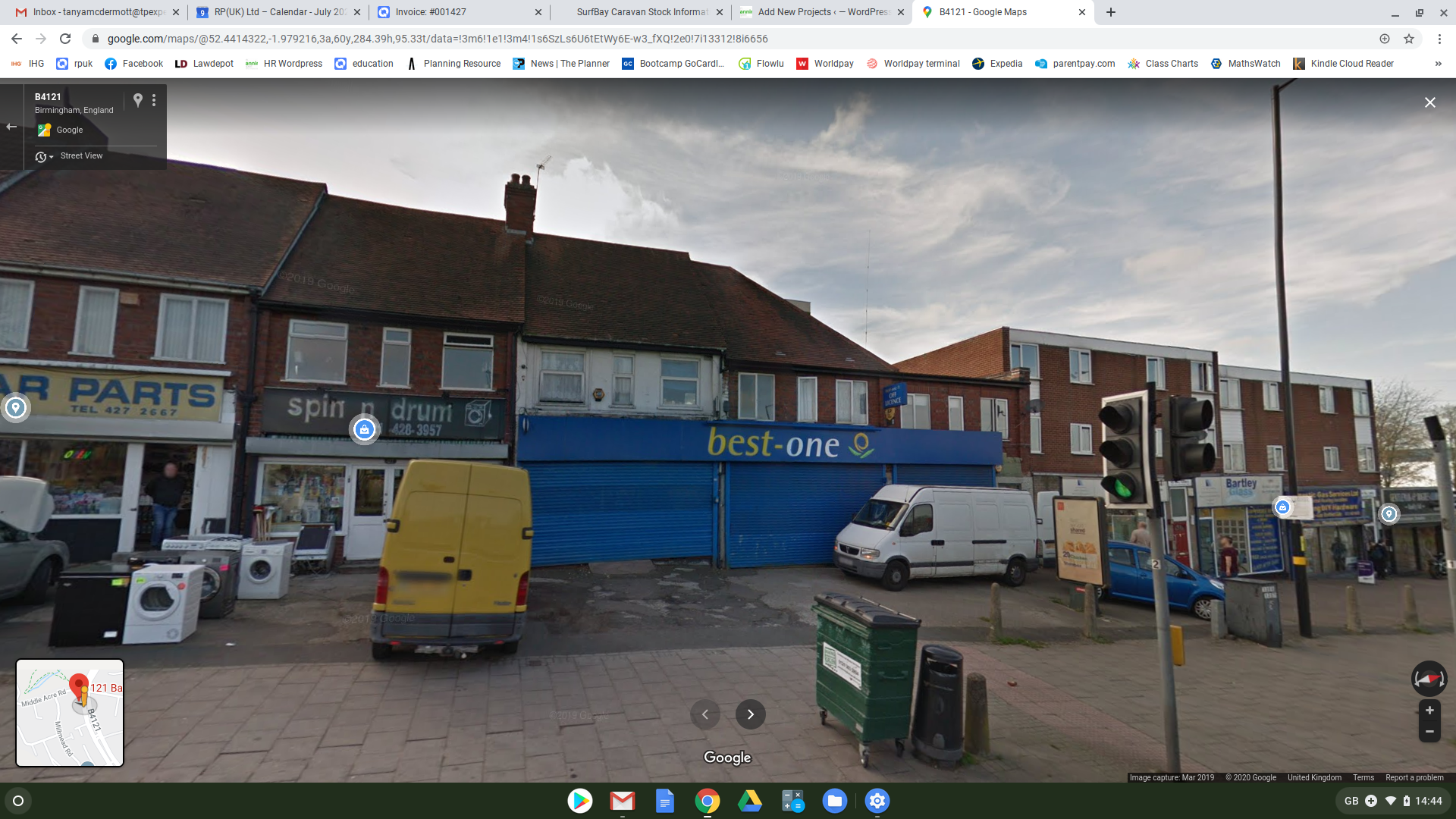Do you have an asset that’s proving difficult to let? Would you just like to maximise marketability? A “flexible” or “dual-use” planning permission might be able to help.
A flexible planning permission allows occupiers to switch between specified planning uses without the need for multiple planning permissions. The right to switch lasts for ten years and the use in operation at the end of the ten year period becomes the lawful use of the property from that date onwards.
In order to qualify as a flexible planning permission, the permission should explicitly state that the uses are flexible in the description of development. Ideally, the permission should also reference Class V of the General Permitted Development Order 2015, to remove any uncertainty over whether the right to switch uses is intended to apply.
The accurate wording of the description of development is crucial. Planning permission which grants consent for “commercial accommodation including E, F1 and B8 ” would not usually be considered to be a flexible planning permission as it makes no reference to flexible use. In this example, a switch to any of the other uses listed could constitute a material change of use requiring a fresh permission.
whereas we use flexible permissions to re-instate permitted development allowances lost by Article 4 directions. For HMO’s and Dwellings specifically there is very little material difference between C3 and C4 and as such a flexible permission can indeed be considered.
An application for a flexible planning permission should make it clear that the uses applied for are intended to be used flexibly. The right to switch does not apply to changes to a betting office or a pay day loan shop, but otherwise there are no restrictions on the combination of uses that may be sought. Nor is there a limit on the number of times you can switch between uses during the ten year period. You will, however, need to ensure that no planning conditions or Section 106 obligations restrict the uses in any way.
In today’s modern world, where tenants want more fluidity to adapt and reform their businesses, offering a space that better suits their changing needs is vital. Flexible permissions are therefore a useful planning tool that can make space much more attractive to occupiers. Flexible workspace and co-working spaces are now “hot topics” and so developers may see more local authorities willing to engage in flexible permissions. The significant cost and time saved by not needing a new permission each time there is a change in use, means that flexible permissions can be good for all.


